Most of us anglers have a home body of water that we fish regularly. We catch the same handful of species day in and day out. On occasion we might venture off on a vacation and wrangle up a new exotic species or two, but that’s a rare occurrence for the lot of us. Yet, we know what the planet holds in store if we only had the time and the money. We all have a list of species that we have, as of present, not had the opportunity to catch. Either the fish’s habitat is too far away or we don’t have the time necessary to catch that elusive local fish. We all have a bucket list and this is mine.
#1 The Goliath Tigerfish
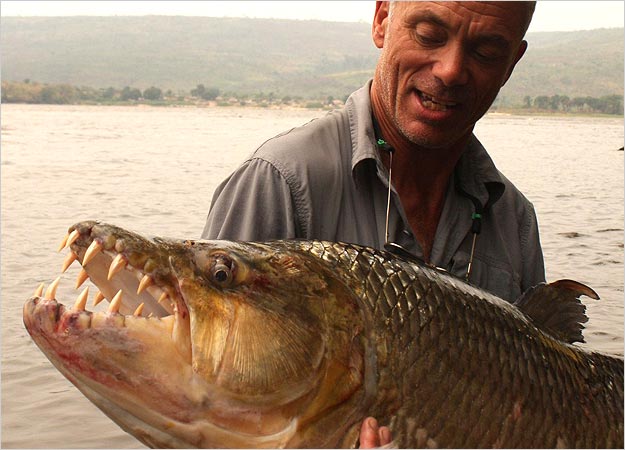
Maybe the toothiest meanest lookin’ bastard since Jaws. The Goliath Tigerfish inhabits the Congo River Basin in West Africa. They can grow up to 6 feet long and weigh 125lbs. He’s the biggest freshwater bad ass there is, which is why he’s number one on my list. Really, what other fish is mean enough to take a bite out of a 12 foot Crocodile? Since these beasts eat anything and everything, there are a number of methods for catching them. The most popular seems to be floating down river fishing live or dead bait on a 2/0- 4/0 treble hook under a bobber. the main line should be 30lb mono attached to a 150-200lb wire leader. Tigerfish have hard mouths so a sharp hook with a hard hook set are essential.
#2 Giant Trevally
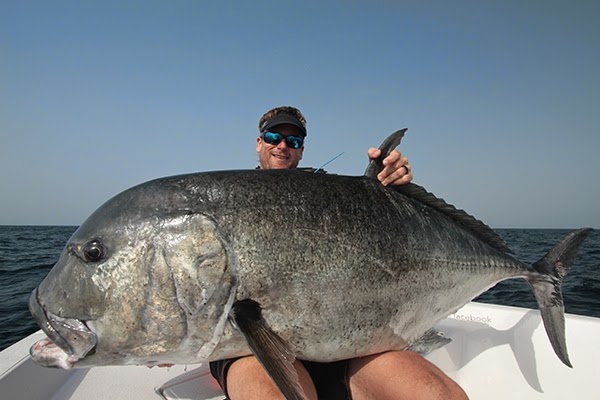
One of the most Popular game fishes world wide, Giant Trevally (GT’s) might be pound for pound the toughest fish on the planet. GT’s grow to 51/2 feet long and can weigh over 150lbs. They inhabit a wide range of the tropical ocean, from South Africa to Hawaii. Hyper aggressive, they are fished with surface lures and Poppers over reef edges and drop offs. Smaller juveniles can be caught from shorelines and in harbors. Landing one of these freight trains will test your fitness and determination.
#3 Cubera Snapper
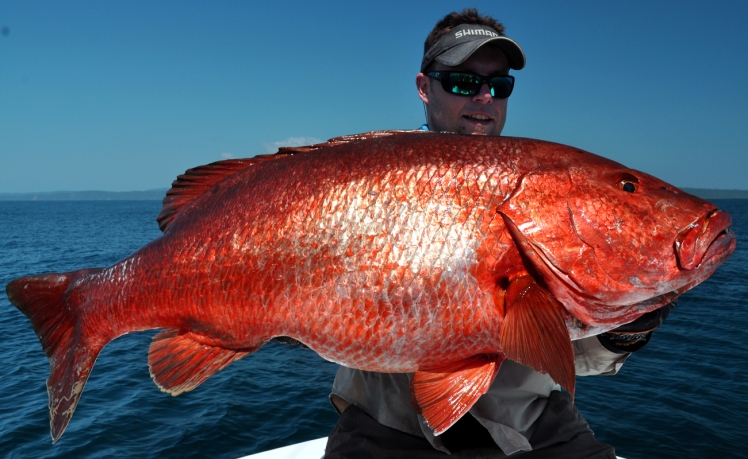
Another toothy back breaker for the list, Cubera Snapper are found from Southern Baja to Peru in the Pacific, and from Florida to Brazil in the Atlantic. These slugs can be fished with live bait suspended over reefs, rocks, and wrecks or with jigs and Poppers in less than 150 feet of water. These monster fish hit and run straight for the bottom, breaking you off on the reef or rocks. Heavy gear with 80-100lb line are a must. The larger specimens grow to be 5 feet long and weigh 130lbs.
#4 Bluefin Tuna (>100lbs)
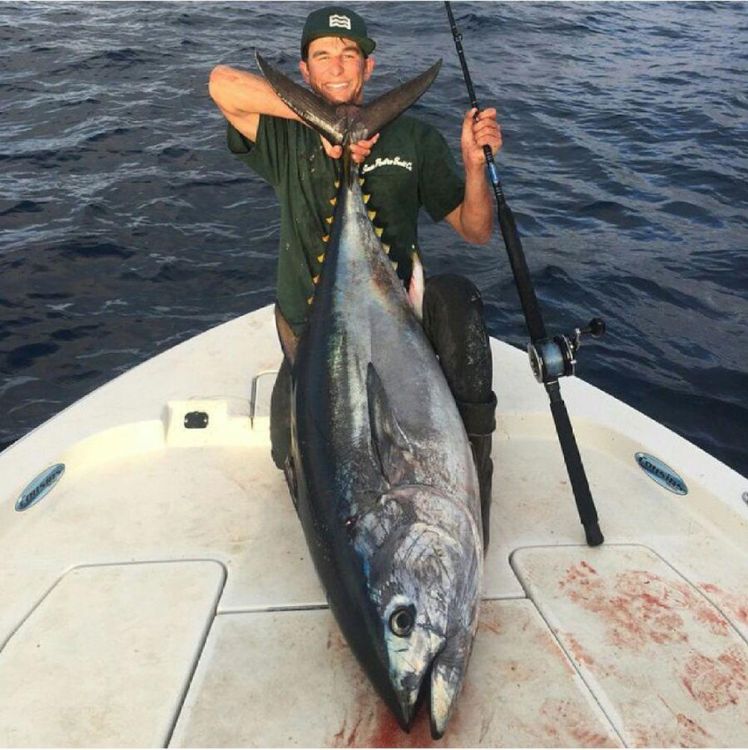
This one is a bit more personal. Up until three or four years ago catching a Bluefin Tuna in Southern California was a rare occurrence. Before that time they occasionally swam through our waters in late summer or early fall in small numbers. These fish tended to be 50lbs or smaller and mixed in with schools of Albacore or Yellowfin Tuna. Then something changed. Three years ago I was on a two day trip Aboard The First String out of H&M Landing in San Diego. The night before the skipper ran over a school of larger BFT on the way back in from the previous trip. 10AM the next day we found that school and had wide open BFT for five hours. The line shy fish were eating 6 inch Sardines on 4/0 Circle hooks attached to 30lb fluorocarbon leaders. The trick was a long soak letting out at least 70 to 100 yards of line before getting bit. I caught four 50lb fish that afternoon and my arms couldn’t possibly take anymore. I hit the bunk and was out like a light bulb. Fast forward a year later and we had people catching 100lb + BFT off of Oceanside in the Spring. A year after that we had BFT in the 200lb range from Spring to December. There were stories of guys being on a single fish for up to seven hours. I’ve been trying for three years now to break my PB BFT with a 100lb + fish and have struck out each time. I’m getting frustrated at this point. We don’t know if this phenomenon of local BFT will be permanent or if it’s a temporary migration pattern. What’s more is the talk of putting BFT on the Endangered Species List. My window to catch one of these amazing fish may be limited. The good news is that it’s April and the BFT have already arrived in the San Diego sportfisher range. As far as this year is concerned, I have one more chance!
#5 Wahoo
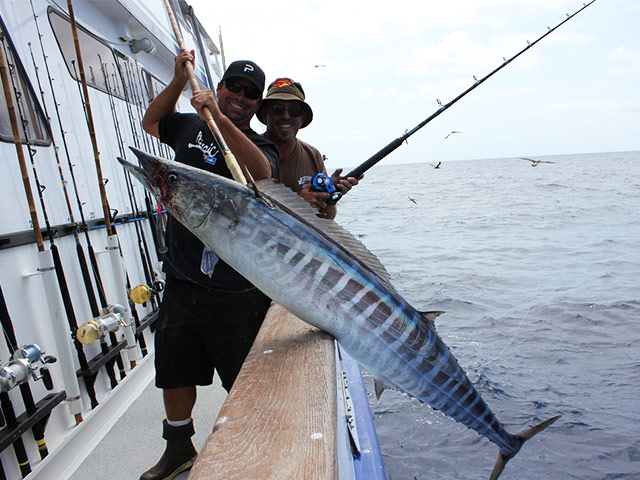
Wahoo are ubiquitous worldwide in warm waters. One of the fastest fish in the ocean at 60mph, they are like torpedoes with razor sharp teeth. This also makes them one of the more dangerous fish to catch. These fish will hit baits on the surface of the water and go airborne 20 feet out of the water. They’ve been known to follow anglers jigs straight over the rails of a boat. As a top predator, there isn’t much they won’t attack. For this reason, there are many ways to fish them. Though they can be caught with live bait, most anglers fish Wahoo using large brightly colored or chromed baits. Trolling is very effective especially at high speeds up to 20 knots. Fishing shiny chrome jigs like Wahoo Bombs at a fast retrieve rate will also entice these fish to bite. No matter how you fish them, their blazing fast initial run will get your heart pumping.
#6 Roosterfish
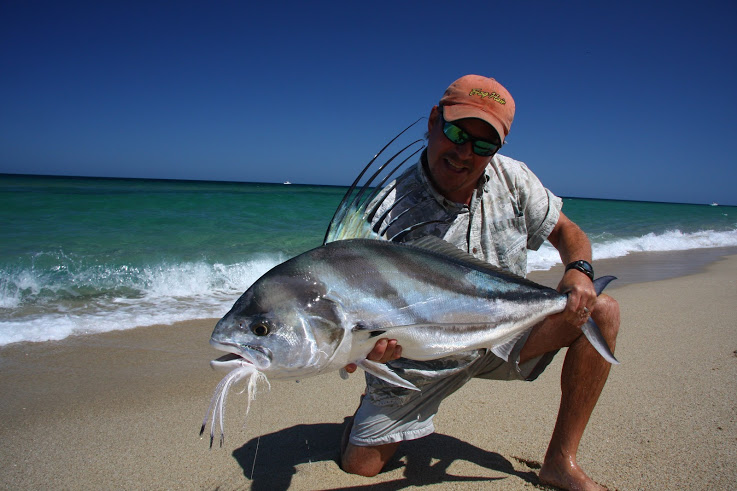
Roosterfish are abundant from Southern Baja to Peru. In spite of their abundance, they can be a very elusive fish to catch. Many anglers have watched many a giant black shadow charge their bait in the clear blue Mexican waters only to have it turn away at the last second. These fish inhabit shallow waters and are a popular target from shore. They school in small groups corralling Mullet and Sardines in the surf zone. They can be caught on the fly or with surface lures and poppers. They are very fast and tough fighters. You will want a 40-50lb fluorocarbon leader attached to 80lb braid main line for the larger models which can be as large as 110lbs.
#7 Monkfish
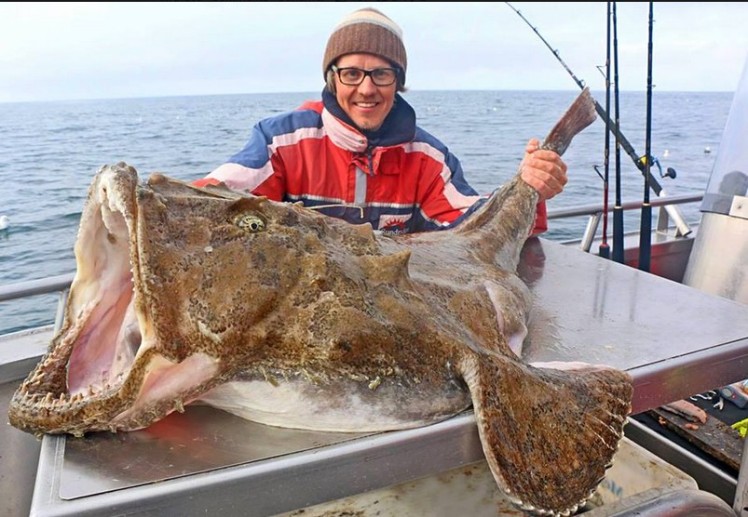
Monkfish are quite possibly the ugliest fish in the sea and for that reason they make my list. I guess a tend to go for the under dog. These fish lay on the bottom of the sea waiting to ambush prey in water from 150-1000 feet. I became aware of these fish after reading an article on fishing Iceland. They seem to be by catch when fishing for Cod and Coalfish. To be honest, I don’t know what bait or lure to use for these gruesome looking fish. I looked all over the web and couldn’t find anything. Nonetheless, I want to catch at least one. Maybe mount it on my wall like a Large Mouth Bass. How awesome would that be!
#8 Tarpon
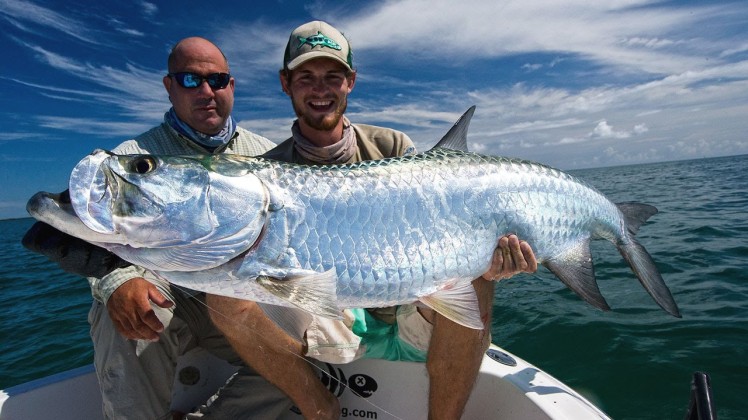
I hope Floridians know how lucky they are. On the West coast we have no comparable fish to a Tarpon, and believe me, we’re jealous. Big, scaly, prehistoric looking, the Tarpon is an all around awesome sport fish. A relatively large fish that jumps clear out of the water when hooked. They grow to 8 feet long and nearly 300lbs. Found along the Atlantic coast from Virginia to Brazil. Usually caught with live bait, crabs, shrimp, Pinfish, or Mullet on a 4/0-11/0 circle hook attached to 50-80lb mono or fluoro line. Many anglers also fish them on the fly.
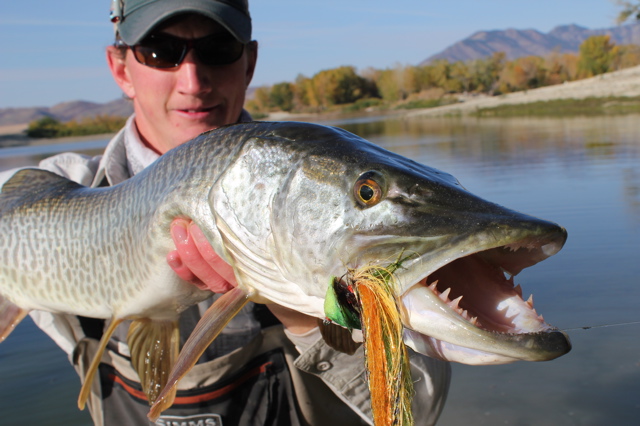
I grew up in Minnesota fishing for Northern Pike and Walleye. The area that I lived in had no Muskie population, but there were always stories. I’ve dreamed of this toothy fish since I was 4 years old. When I moved to California the chance for this fish was gone until I can make my way back to the upper Midwest. These Monstrous fish live in Northern lakes of Minnesota, Wisconsin, and Michigan. A somewhat elusive species that is rare to catch for the average angler. They are caught on large bucktails with blades, top water jerk baits, and spoons. Anglers use a 7-9′ H-XH rod rated for 3-6oz lures. 50-80lb mono is a must. The IGFA record for Muskie is 67lbs.
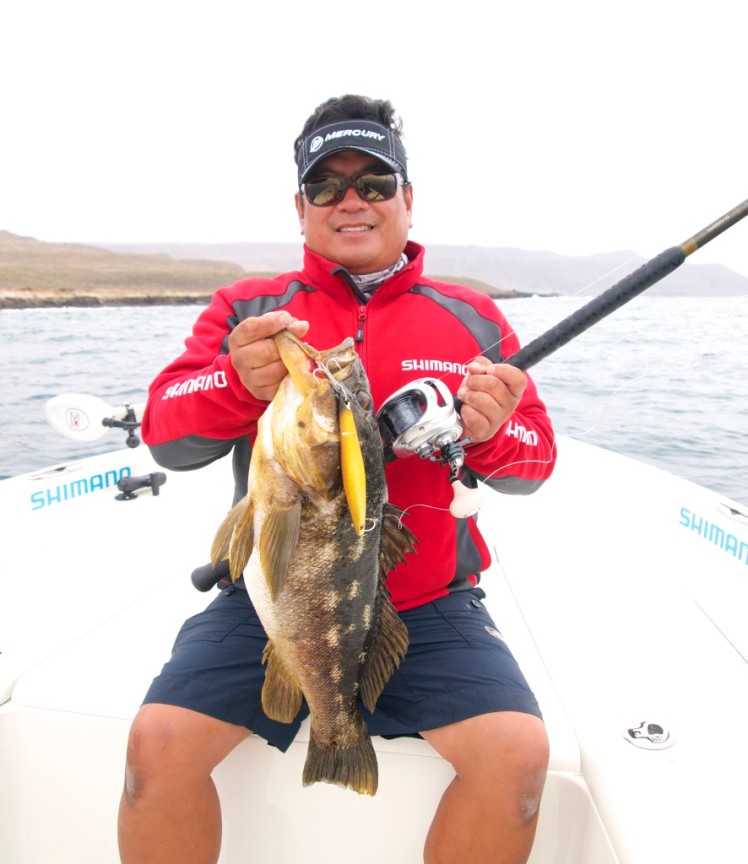
Fishing for Calico Bass in the boiler rocks is one of my favorite pass times. I’ve caught hundreds of Calico Bass in the 2-4lb range. However, one of my dream fish is a 10lb Calico (The IGFA record is 14.7lbs). They are extremely rare these days, as Calicos grow very slow, but there are still areas where you have a shot. Catalina Island and San Clemente Island in Southern California still hold some big boys, and Cedros Island in Northern Baja Mexico holds some too giants too. We catch these fish with 7-9′ Heavy rods matched with Low Profile bait casters filled with 40-60lb braid and 40-60lb fluoro leaders. The bait of choice is a 7-9″ swim bait with 1-11/oz lead head.
DON’T FORGET TO CLICK FOLLOW ON THE BOTTOM RIGHT OF THE SCREEN